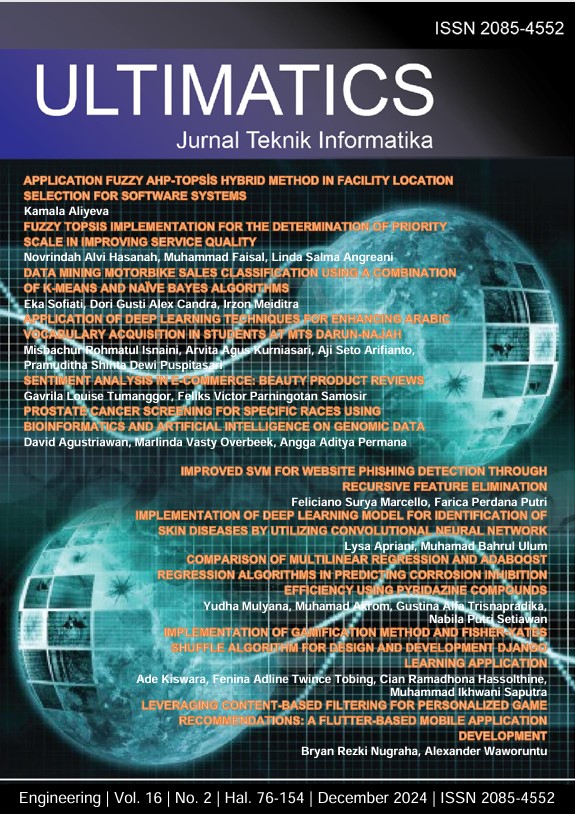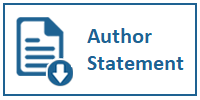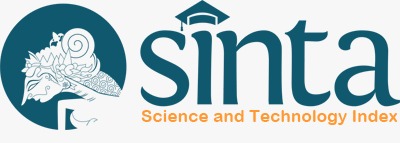Comparison of Multilinear Regression and AdaBoost Regression Algorithms in Predicting Corrosion Inhibition Efficiency Using Pyridazine Compounds
DOI:
https://doi.org/10.31937/ti.v16i2.3809Abstract
Abstract-Corrosion is a serious problem in various industries that leads to increased production costs, maintenance, and decreased equipment efficiency. The use of organic compounds as corrosion inhibitors has become an increasingly desirable solution due to their effectiveness and environmental friendliness. This study compares the performance of two machine learning algorithms, Multilinear Regression (MLR) and AdaBoost Regression (ABR), in predicting the corrosion inhibition efficiency (CIE) of pyridazine-derived compounds. The dataset used consists of molecular properties as independent variables and CIE values as targets. To measure the performance of the model, a k-fold cross-validation process was used, where the dataset was divided into equal subsets. Each iteration uses one subset as validation data, while the other subset as training data. Results show that the AdaBoost Regression model achieves higher accuracy (99%) than Multilinear Regression (98%) in predicting CIE. Important feature analysis showed that Total Energy (TE) and Dipole Moment (µ) were the most influential variables in the ABR model, highlighting their important role in inhibitor effectiveness. Model evaluation was performed with R2 and RMSE metrics, where nonlinear models such as ABR were shown to be superior in predicting corrosion inhibition efficiency. These findings support the use of nonlinear methods to improve the effectiveness of protecting industrial equipment from corrosion.
Downloads
Additional Files
Published
How to Cite
Issue
Section
License
Authors retain copyright and grant the journal right of first publication with the work simultaneously licensed under a Creative Commons Attribution-ShareAlike International License (CC-BY-SA 4.0) that allows others to share the work with an acknowledgement of the work's authorship and initial publication in this journal.
Authors are able to enter into separate, additional contractual arrangements for the non-exclusive distribution of the journal's published version of the work (e.g., post it to an institutional repository or publish it in a book), with an acknowledgement of its initial publication in this journal.
Copyright without Restrictions
The journal allows the author(s) to hold the copyright without restrictions and will retain publishing rights without restrictions.
The submitted papers are assumed to contain no proprietary material unprotected by patent or patent application; responsibility for technical content and for protection of proprietary material rests solely with the author(s) and their organizations and is not the responsibility of the ULTIMATICS or its Editorial Staff. The main (first/corresponding) author is responsible for ensuring that the article has been seen and approved by all the other authors. It is the responsibility of the author to obtain all necessary copyright release permissions for the use of any copyrighted materials in the manuscript prior to the submission.















